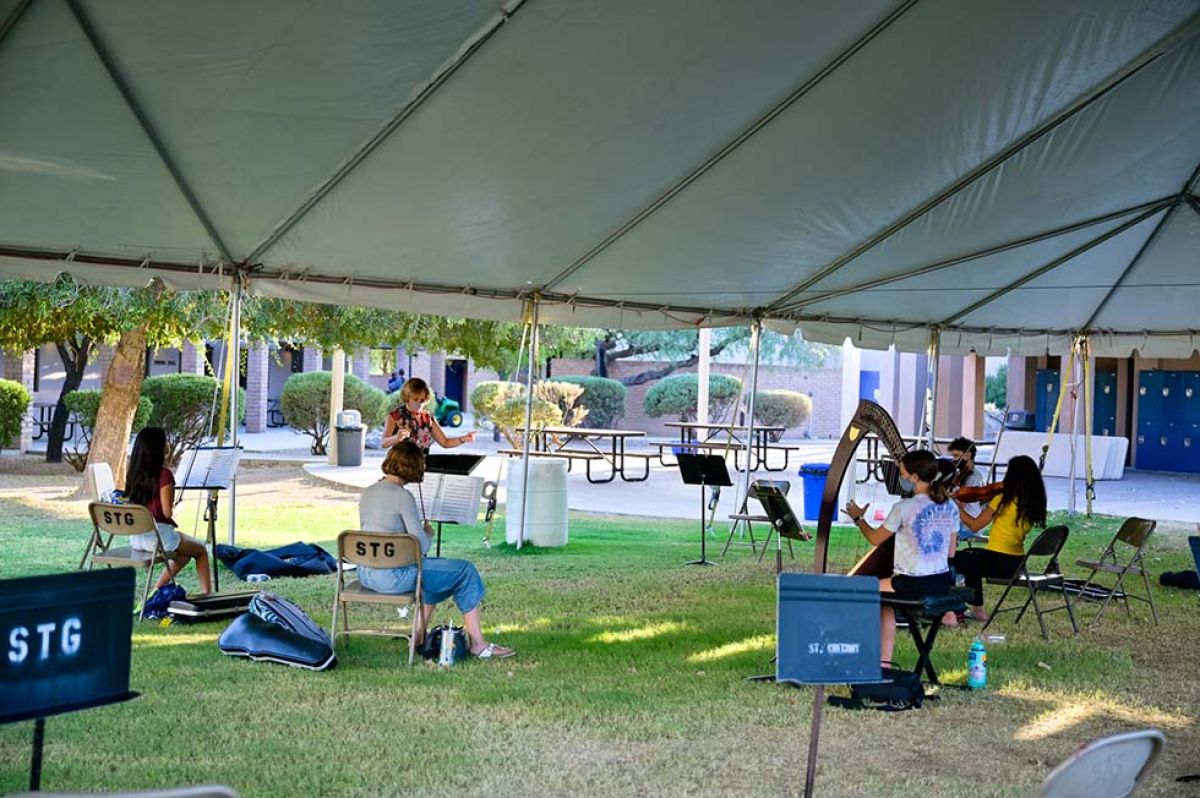
Faculty Rise to Newest Challenges
One of the qualities that makes TGS an extraordinary learning community is that our teachers have the freedom to teach in the ways they believe suit their students and their individual subjects best. As we transition to in-person learning while also maintaining a remote-learning cohort, our teachers’ control of their own pedagogical approaches continues to shine. Following are some examples of the varying considerations teachers at The Gregory School are incorporating as they determine how to engage their students most effectively in this new learning environment.
- Some teachers prefer to rely more heavily on the webcam than the Zoom platform so that they can move about the front of the classroom, using the white board or a document camera for outlining important points, and generating discussion among students both in person and remotely. In this scenario, teachers are designing creative ways for the remote learners to ask questions or contribute to the discussion. The key to this approach is planning for how to enhance communication with the remote learners.
- Some teachers prefer to continue using the Zoom platform fully. The students who physically report to the classroom will have their laptops on their desk. The teacher may still position their own computer in such a way that they can be seen by any remote learners at home, but because so much planning has already been done with Zoom in mind, these teachers find it makes sense to continue in that mode and simply maximize the features used to share screens, use break out rooms, etc. Labs could be done in such a way that a remote learner is partnered with an in-person student. Some teachers are choosing to use the classroom tv monitor to display remote learners.
- Some teachers will teach some or all classes outdoors, with in-person students seated at individual tables. Outdoor classroom spaces will have a portable white board, which teachers will use with the students present, while capturing this for the remote learners via Zoom or webcam.
Our teachers are truly living our 6 Cs (creativity, collaboration, communication, community, critical thinking, and compassion) as they work with our administration to solve this new stage of our COVID-19 pedagogical challenge together.